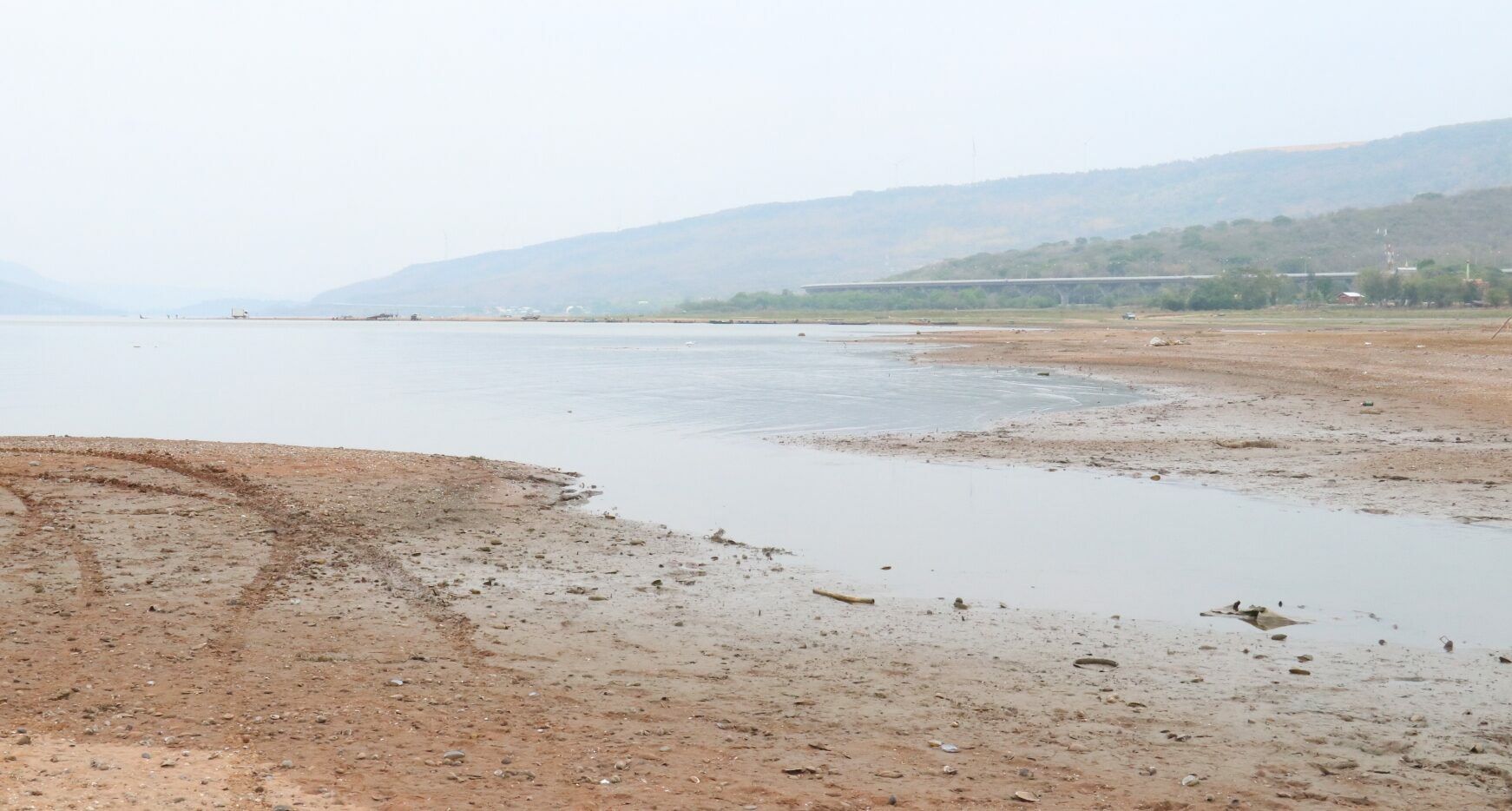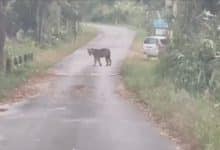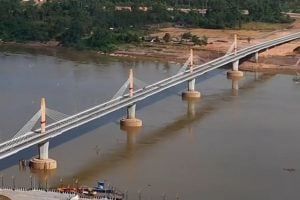Reservoir of worry: Nakhon Ratchasima braces for 2025 dry spell

Nakhon Ratchasima is currently facing a severe water crisis, with alarmingly low water levels in its reservoirs. Concerns are growing about potential water shortages for consumption and use in the dry season of 2025. The provincial governor urged residents to conserve water and may consider halting off-season rice farming.
A meeting was held yesterday, October 30, at the new building of the Nakhon Ratchasima Provincial Hall, with Governor Chaiwat Chuenkosum presiding. This meeting, the tenth of 2024, gathered key figures including provincial department heads, district chiefs, and concerned citizens, to discuss seven important agendas.
The focus of the fourth agenda, as presented by Saowaphon Wongtachit, head of the Water Allocation and Irrigation System Improvement Division, was the critical state of water resources in the province. Reports detailed the water levels of four significant reservoirs: Lam Takhong, Lam Phra Phloeng, Lam Mun Bon, and Lam Chae.
Lam Takhong Reservoir in Sikhio district currently holds 103.9 million cubic metres of water, which is only 33.05% of its 314 million cubic metre capacity, showing a 28% decrease from the previous year.
Lam Phra Phloeng Reservoir in Pak Thong Chai district contains 89.15 million cubic metres, or 57.51% of its 155 million cubic metre capacity, reflecting a 13% decline from last year.
Lam Mun Bon Reservoir in Khon Buri district holds 83.87 million cubic metres, or 59.48% of its 141 million cubic metre capacity, which is 3% lower than the previous year.
Meanwhile, Lam Chae Reservoir, also in Khon Buri, has 152 million cubic metres, making up 55.55% of its 275 million cubic metre capacity. This is one of the few reservoirs to have increased its water level, by 2% compared to last year.
In addition to the major reservoirs, 24 medium-sized reservoirs collectively contain 195.30 million cubic metres of water, which is 58.24% of their total capacity of 335 million cubic metres. Overall, the 28 reservoirs together store 625 million cubic metres of water, which is 51.20% of their total capacity of 1,220.82 million cubic metres, showing a 9.11% decrease from last year.
Chaiwat highlighted that rainfall across Nakhon Ratchasima has been significantly below average, leading to a water crisis with lower levels compared to last year, reported KhaoSod.
The water management strategy is focused on conserving water for essential activities and not supporting off-season rice farming, which could impact local farmers’ livelihoods. He urged all sectors to cooperate and closely monitor government announcements on the situation.
Latest Thailand News
Follow The Thaiger on Google News:


























